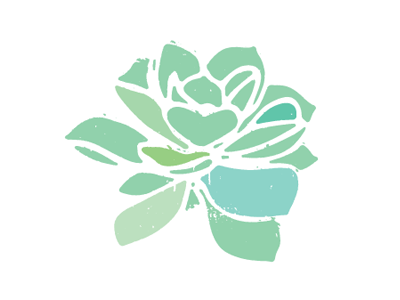Commonly called zebra plant, Haworthia attenuata is a cold-sensitive succulent species grown for its eye-catching, green and white textured leaves.
How to Grow and Care
Display Zebra Plant anywhere it can receive plenty of sun or bright light. South facing windows will provide the most sun, however, east or west provide direct sun part of the day that I find more suitable.
During the growing season from April to September water the Zebra Plant thoroughly and then water when the soil becomes dry to the touch (not bone dry though). Winter is a tricky time for these plants although they are a tough species. Many growers will overwater then alongside cold temperatures or drafts the plant can become very sick, or even die. The leaves are storage organs so during the winter water much less and allow the top soil to dry out.
It will produce an abundance of offshoots, or pups, once established.The offshoots provide a simple and highly effective means of propagating new zebra plants if they are carefully removed and potted in a suitable growing mix. However, they should only be removed in spring or autumn when the plant is not actively growing, to reduce stress to both the offshoots and the parent plant.
- Locate the rooted offsets around the base of the zebra plant. Carefully scrape away the soil from around the base of the offshoots and look for small, pale pink or white roots.
- Insert the blade of a gardening knife into the soil midway between the parent plant and the rooted offshoot. Slide the blade through the soil to sever the connecting root.
- Etch out a 2-inch radius in the soil around the base of the rooted offshoot using the tip of your gardening knife. Dig down along the radial line to a 5-inch depth using a small handheld spade.
- Insert the blade of the handheld spade at an angle underneath the rooted offshoot. Carefully pry it loose from the soil and remove it. Fill in the hole left by the offshoot to protect the parent plant's roots.
- Crumble off half the soil from around the offshoot's rootball. Pot it in a small, 3- to 4-inch nursery container. Use a potting mix made up of 2 parts perlite, 2 parts coarse sand and 1 part sterile compost
- Place the potted zebra plant offshoot where it will receive bright, diffuse light
- Withhold watering for the first three days. Water only until the soil feels barely moist in the top inch. Maintain light, even moisture in the soil mixture, but allow it to dry out for a day or so once a week.











No comments:
Post a Comment